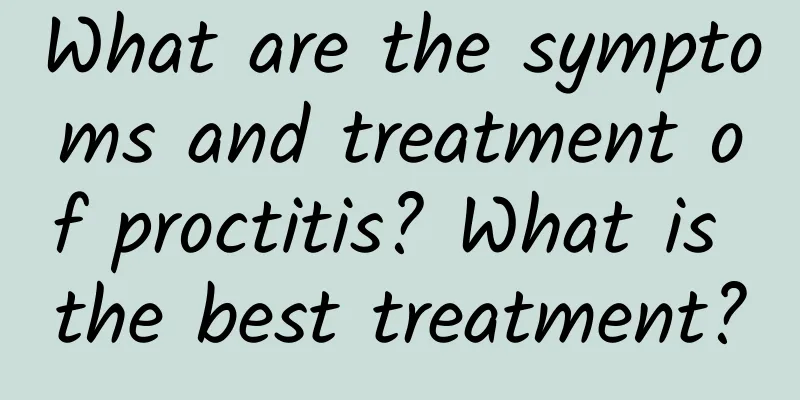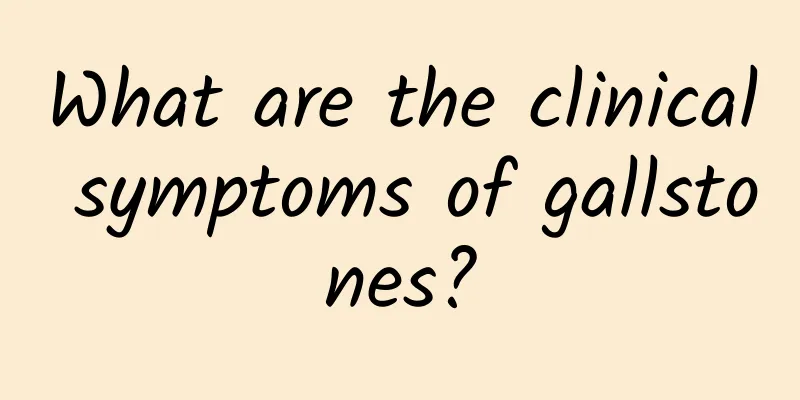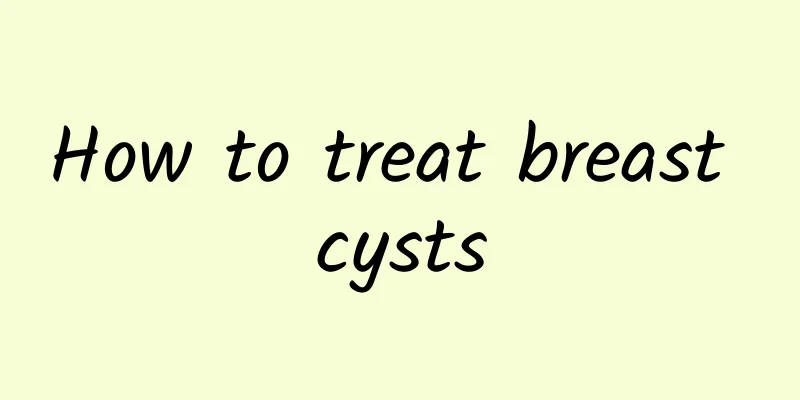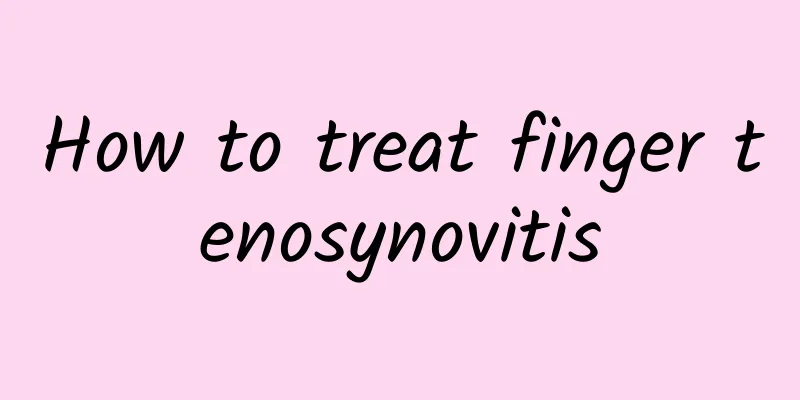What is a breast cyst?
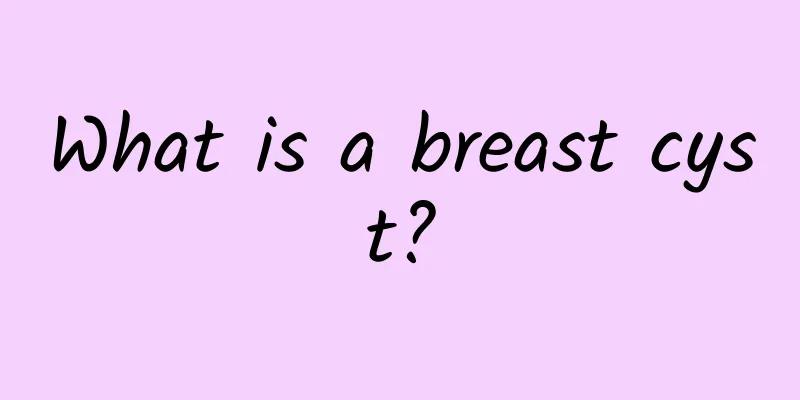
|
Breast cysts are small fluid-filled sacs in the breast. They are generally benign and therefore usually do not develop into cancer, but you should also be alert to the symptoms. Breast cysts are more common in women aged 30-50 years old. They are often related to factors such as hormone level fluctuations and breast tissue hyperplasia. They may manifest as breast lumps, swelling, or discomfort when touched. If the lump gradually increases and the pain continues to worsen, you should seek medical attention in time to check for other diseases. The formation of breast cysts is related to many factors, among which hormonal fluctuations are one of the most common causes. High estrogen levels may lead to increased secretion of the mammary ducts and accumulation of fluid to form cysts. Physiological factors such as breast tissue hyperplasia, mammary duct obstruction and genetic factors, such as a similar medical history in family members, will also increase the risk of disease. Bad lifestyle habits such as high-fat diet, excessive drinking and long-term stress may further aggravate the formation of breast cysts. Cysts usually appear as smooth, soft and mobile lumps that may change with the menstrual cycle, but there may also be cases where there are no obvious symptoms. The management and treatment of breast cysts need to be selected according to the actual severity of symptoms. If the cyst is small and there is no discomfort, regular follow-up observation can be performed. At the same time, symptoms can be alleviated by adjusting lifestyle habits, such as low-fat diet, consuming more foods rich in vitamin E (such as nuts, green leafy vegetables), and avoiding excessive intake of caffeinated substances. For patients with obvious pain, analgesics such as ibuprofen can be taken under the guidance of a doctor to relieve symptoms. If the cyst is large or recurs, ultrasound-guided puncture and fluid extraction can be used to relieve swelling and pain and reduce the size of the cyst. Some cysts that recur repeatedly or are suspected of malignancy may require surgical resection, and pathological examination is recommended to rule out the risk of malignant lesions. If you find an abnormal breast lump or your symptoms worsen rapidly, you should seek help from a specialist as soon as possible and use imaging tests such as breast ultrasound and breast mammography to make a clear diagnosis and ensure your health and safety. |
<<: Will breast cysts affect fertility?
>>: What is the best way to treat breast cysts?
Recommend
Can breast cysts become cancerous?
Breast cysts generally do not turn into cancer, b...
The child has a needle-like pain in the heart
If a child has a needle-like pain in the heart, p...
How to perform surgery on breast cysts
Breast cyst surgery is mainly used to treat large...
What are the causes of kidney and ureteral stones?
The formation of kidney and ureteral stones is ma...
Common prevention methods for rheumatoid arthritis
Rheumatoid arthritis can be effectively prevented...
What is the best method for treating nasal hemangioma?
Treatment options for nasal hemangioma include su...
What is the best way to treat breast cysts?
Breast cysts are a problem that many women may fa...
How to treat goiter
Goiter is a common thyroid disease. Treatment for...
What is cervical spondylotic myelopathy
First of all, we need to understand the classific...
What is tenosynovitis
Tenosynovitis is a sterile inflammation caused by...
How to treat hand tenosynovitis
Treatment for hand tenosynovitis includes rest, m...
What medicine is effective for urethritis?
Urethritis is a common urinary tract infection th...
Are breast cysts and hyperplasia the same thing?
Breast cysts and breast hyperplasia are not the s...
How to treat kidney stones
Treatments for kidney stones include medical ston...
What are the factors related to the complications of perianal abscess?
The complications of perianal abscess are related...
